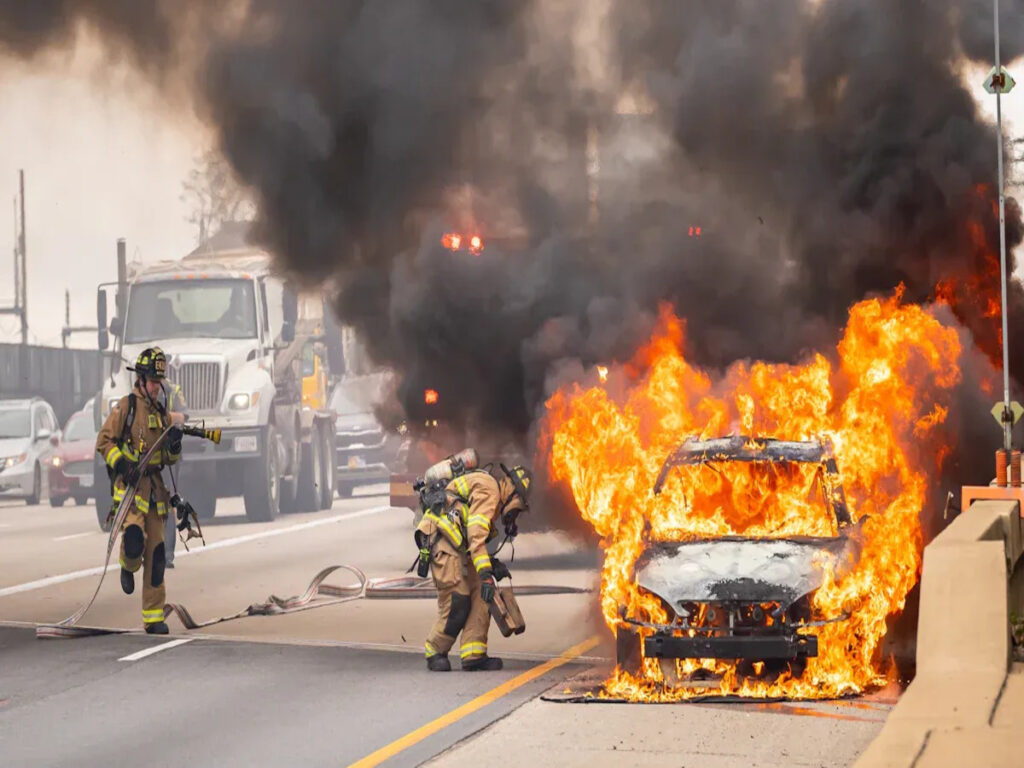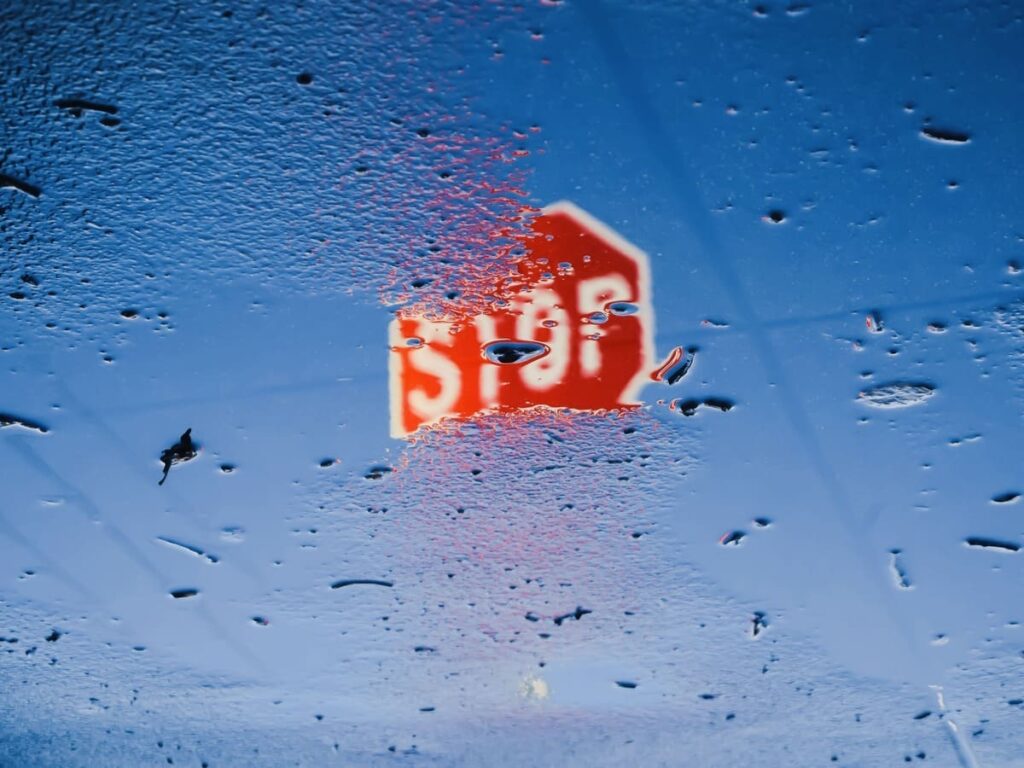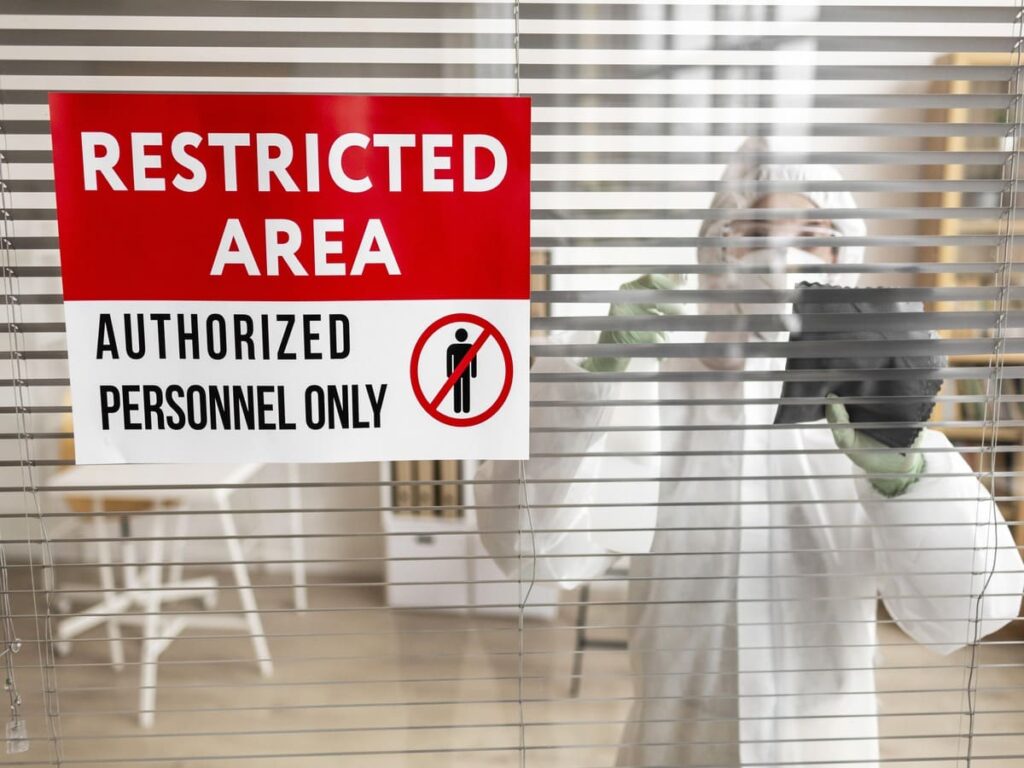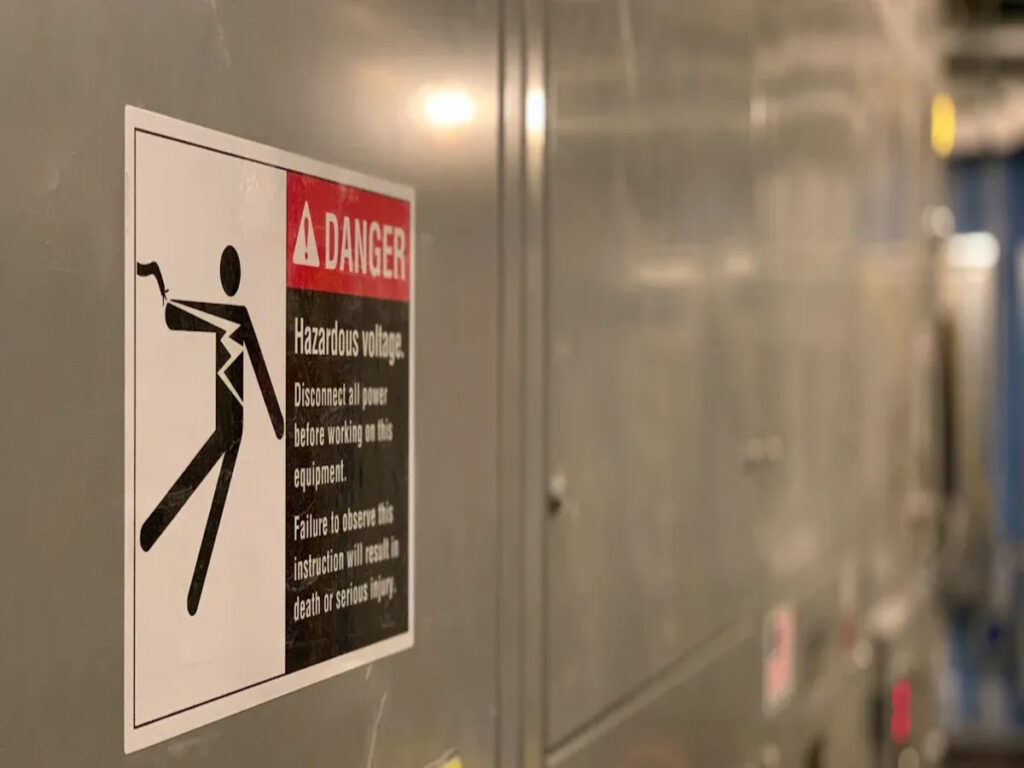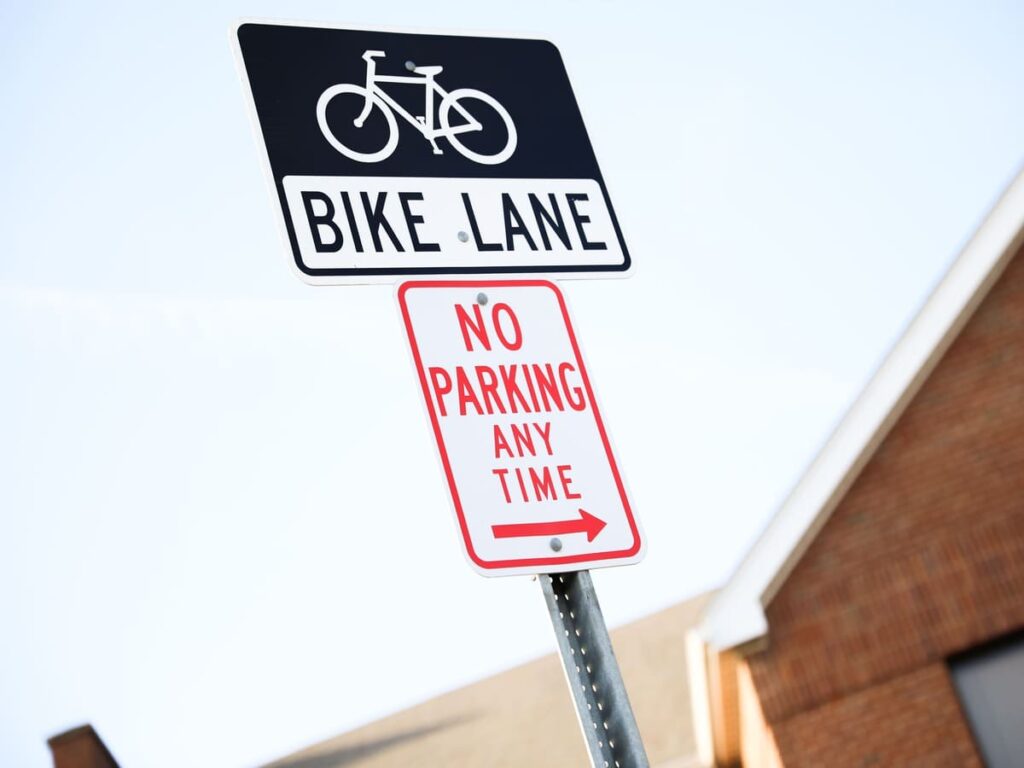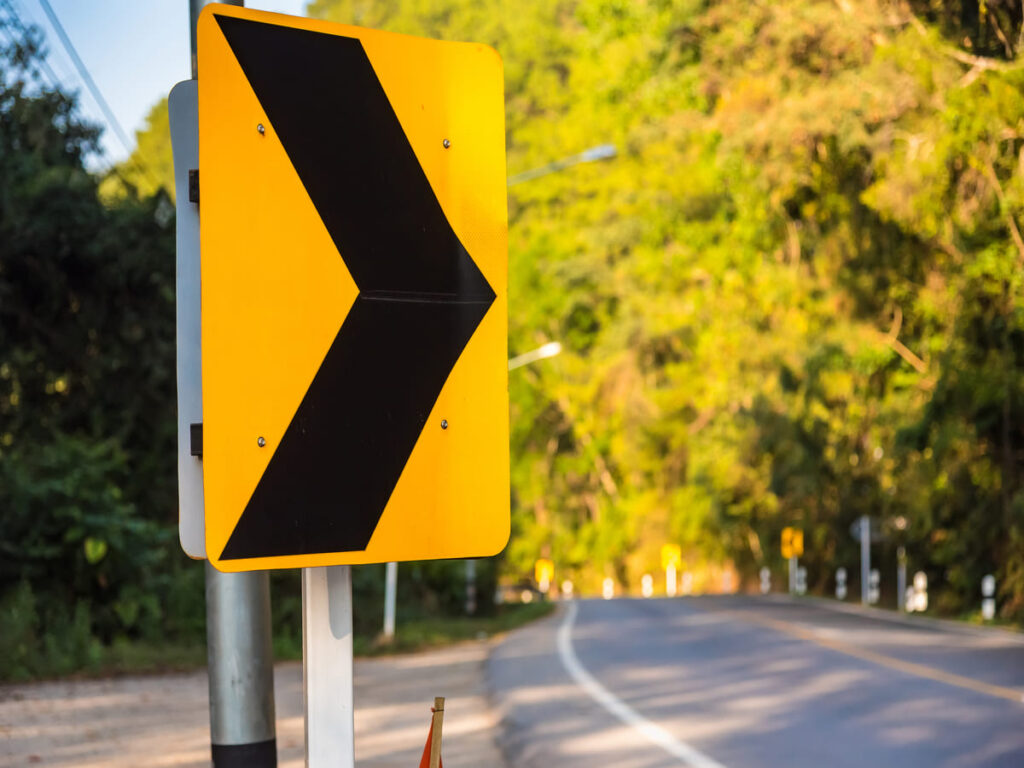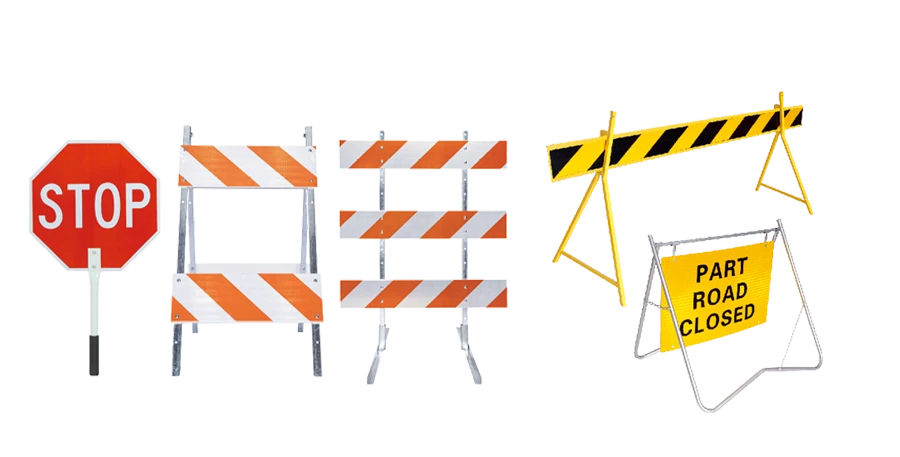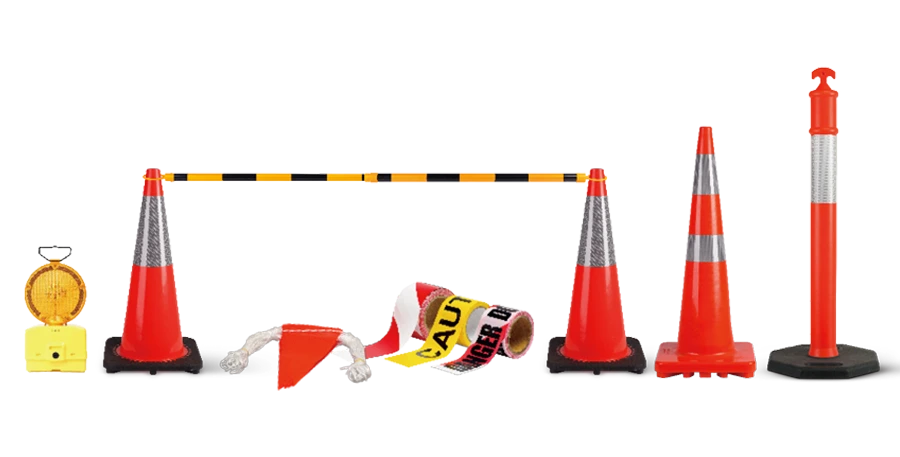
Le Royaume-Uni a des règles strictes pour les panneaux de contrôle de la circulation. Ces règles aident à protéger les usagers de la route et les travailleurs. Les réglementations des panneaux de signalisation et les instructions générales sont importantes. Le manuel des panneaux de trafic donne également les principales règles britanniques pour la conception et le placement des signes. Chapitre 8 donne des conseils pour les panneaux temporaires sur les travaux routiers. Le MUTCD aide à comparer les règles d'autres pays. Ces normes s'assurent que les panneaux sont sûrs et se ressemblent partout au Royaume-Uni. Fabricants, entrepreneurs, et les autorités routières utilisent ces règles. Ils les suivent pour répondre aux besoins juridiques et de sécurité.
Chez OPTRAFFIC, Nous fournissons panneaux de trafic à vendre that fully comply with the TSRGD 2016 and other relevant regulations. Our products are designed to enhance road safety while ensuring regulatory compliance.
To understand more about how TSRGD 2016 impacts the design and sale of traffic signs, read our latest blog, Comprendre TSRGD 2016 Et ce que cela signifie pour les panneaux de trafic à vendre.
UK Standards Overview
Chapitre 8
Chapitre 8 gives the main rules for temporary traffic control signs in the UK. These rules focus on safety, signes clairs, and following the law. Chapitre 8 says all temporary signs must meet British Standard 8442:2015 et le Règlements sur les panneaux de circulation et instructions générales (Tsrgd). The rules talk about many important things:
- Temporary sign design and layout must be easy to read.
- Signs need to be bright and reflective. Different roads use different materials. R1 and R2 are for towns and countryside. R3B is for fast roads. This helps drivers see signs day and night.
- Plans help traffic move safely through work zones. This stops confusion.
- Signs should use reflective materials and extra lights. LED beacons help in bad weather or at night.
- Lower speed limits and safety steps protect people in work zones. Cônes, barrières, and reflective markers keep everyone safe.
- Workers need training and certificates. Programs like the National Highways Sector Scheme (NHSS) teach workers how to set up signs safely.
- Health and safety rules need risk checks, safety plans, EPP, et des chèques réguliers.
The TSRGD gives the legal rules for temporary traffic control signs. It sets the size, forme, couleur, and symbols for signs. These rules help drivers react quickly and stay safe. Le 2016 TSRGD makes sure all Chapter 8 signs are safe and easy to see. These rules are very important for UK road safety.
Manuel des panneaux de circulation
The Traffic Signs Manual gives detailed rules for making, placement, and using traffic control signs in the UK. It covers both permanent and temporary signs. The manual knows that city and country roads are different. It gives special advice for each. The table below shows how the manual changes its advice:
| Aspect | Zones urbaines (Business, Commercial, Residential) | Rural Areas |
|---|---|---|
| Recognition of traffic conditions | Manual knows the differences and gives special advice. | Special advice for rural roads. |
| Justification for sign use | Signs used only when needed by studies or expert advice. | Same as urban. |
| Coordination | Road design and sign use work together for clear info. | Same as urban. |
| Hauteur de montage | Signs must be at least 7 feet above the curb or road edge. | Signs must be at least 5 feet above the pavement. |
| Use of signs | Use warning and rule signs carefully; guide signs used often. | Same as urban. |
| Removal of signs | Take down signs when they are not needed. | Same as urban. |
The manual also talks about color, forme, symboles, and words on signs. It makes sure all signs look the same and are easy to understand. These rules help road workers, constructeurs, and sign makers follow the same steps. This keeps roads safe and less confusing. The Traffic Signs Manual and Chapter 8 are the main rules for UK traffic control signs.
MUTCD Comparison
Le Manuel sur les dispositifs de contrôle de la circulation uniformes (Mutcd) is the main rulebook for traffic signs in the United States. It is helpful to compare it with UK rules. The MUTCD has shaped traffic sign rules around the world. The UK learned from both American and European rules. Groups like the Anderson and Worboys Committees used ideas from the MUTCD and Europe to make rules that fit the UK.
There are some big differences between the MUTCD and the UK Traffic Signs Manual:
- The MUTCD uses rectangle signs with red backgrounds and white words for “wrong way” avertissements. The UK uses a red circle with a white bar for the same thing.
- The US uses color codes and lots of words on signs. The UK likes simple shapes and symbols.
- The MUTCD is a federal rule, so all states use the same rules but can change some things. The UK uses a simple style and strict rules for digital signs. They use short messages and bright colors.
These differences show that the MUTCD is a good base, but the UK changes its rules for its own laws and driving habits. For projects in other countries, teams must know both systems. This helps make sure signs follow local rules and keep people safe.
Legal and Compliance
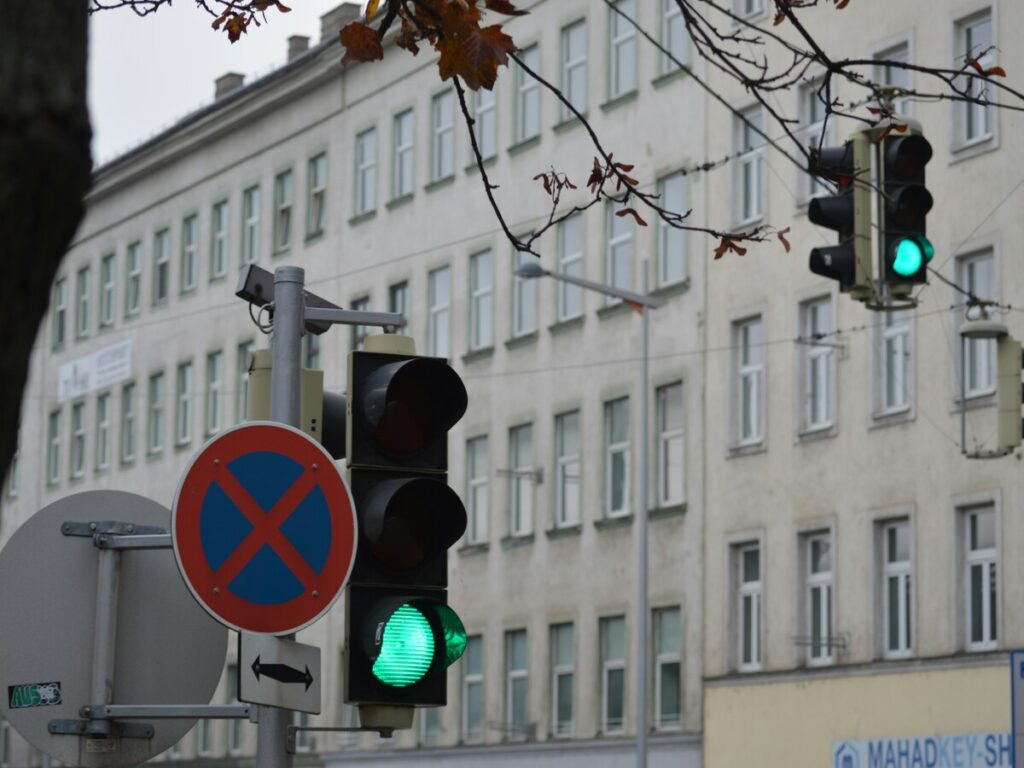
Statutory Requirements
The UK has very strict rules for road safety. The Traffic Signs Regulations and General Directions is the main law for signs. This law says how signs should look and where they go. It covers roads in Great Britain and the Isle of Man. Le Tsrgd a commencé à 1965. Maintenant, it follows two big laws from 1984 et 1988. These laws help keep people safe and lower accident risks. The Traffic Signs Manual gives more details to help follow the rules. The Design Manual for Roads & Bridges helps plan and care for safe roads. All these guides work together to make sure everyone follows the law and stays safe.
Enforcement and Roles
Many groups help make sure road safety rules are followed.
- Highway authorities check that all signs meet the right standards.
- Local authorities in England and Wales look after speed limit signs and crossings.
- The Secretary of State for Transport can order bad signs to be taken down.
- Police officers help make sure people follow sign rules.
- The Department for Transport manages the Traffic Signs Manual and answers questions.
Only approved signs can be used on roads. Signs that are not allowed must be removed. This helps keep roads safe and lowers accident risks.
Non-Compliance Risks
Not following road safety rules can cause big problems.
- Road authorities or councils can give fines for wrong signs.
- Bad signs can cause more accidents and even lawsuits.
- Insurance might not pay if a crash is caused by a wrong sign.
- Projects can be delayed or stopped if rules are broken.
- Companies can lose licenses or certificates they need.
- Not following rules can hurt a company’s reputation and future jobs.
- Fixing wrong signs costs more money for labor and materials.
Following the rules is very important for safety and to stop accidents on UK roads.
Signes de contrôle de la circulation: Meilleures pratiques
Conception et placement
Good traffic control signs need smart design and careful placement. Designers make signs clear and simple. This helps drivers, promeneurs, and bikers understand fast. Signs use shapes and colors people know. Par exemple, a red octagon means stop. A red triangle means yield. Big letters and easy words help people read signs from far away. Symbols help people who do not speak English. This makes signs work for everyone.
- Each sign should give one clear message. This stops confusion.
- Signs look the same everywhere. This helps drivers know signs in new places.
- Laws like the Traffic Signs Regulations and General Directions make signs the same. This builds trust in signs.
- Signs can use symbols or two languages. Cela aide tout le monde à comprendre.
Where you put signs is very important. Signs must be at driver eye level. They must face cars coming toward them. Warning signs should be far enough ahead of danger. This gives drivers time to act. Signs should be in the same place at every crossing or turn. Cela aide le trafic à se déplacer en toute sécurité. Signs must be put up well and checked often. This keeps them working and easy to see.
Conseil: Always think about walkers and bikers when putting up signs. Signs should not block sidewalks or bike paths. Everyone must be able to see the signs.
Visibilité et sécurité
Signs must be easy to see to keep people safe. Signs need to be clear in all light and weather. Designers use bright colors like red for danger. Orange is used for signs that must stand out. Signs use shiny and glowing materials. This helps people see them in rain, brouillard, ou la nuit.
| Aspect | Standard / Exigence | But |
|---|---|---|
| Light Module Size | 200mm–300mm diameter | Makes sure people see signs from far away, Même par mauvais temps |
| Luminosité | LED à haute intensité, couleurs vives | Helps people see signs day and night, helps cameras see signs |
| Hauteur de montage | 2.1m–3.5m, depends on road type | Puts signs at driver eye level, good for city roads |
| Étanchéité | Strong plastic, water and rust proof | Makes sure signs work in rain, neige, et temps chaud ou froid |
| Stabilité | Steel or aluminum, heavy bases | Stops signs from falling in strong wind or heavy rain |
| Regulatory Framework | TSRGD and Health and Safety Executive rules | Makes sure signs are safe, the same, and follow the law |
| Facteurs environnementaux | Made to be seen in bad weather and low light | Helps keep roads safe and traffic moving |
Studies in the UK show that better signs and road lines lower crashes. Making road lines brighter can cut night crashes by 6%. Bad signs at crossings make crashes more likely. Checking and fixing signs and lines is very important for safety.
Note: Ads by the road can distract drivers. Too many signs make it hard to see important messages. Planners should keep signs simple to help keep roads safe.
Temporary vs Permanent Signs
Temporary and permanent signs do different jobs on the road. Each kind needs special materials and ways to put them up.
| Fonctionnalité | Temporary Signs | Permanent Signs |
|---|---|---|
| Matériels | Light plastic or thin metal | Strong aluminum or steel |
| Durabilité | Used for a short time, pas très fort | Dure longtemps, stands up to bad weather |
| Coût | Cheaper at first, needs more replacing | Costs more at first, needs less fixing |
| Usage | Used for roadworks, urgences, short events | Used for normal traffic all the time |
| Schéma de couleurs | Yellow with black symbols | White with red border (avertissements), blue for highways |
| Deployment | Easy to move and set up | Stays in one place, always there |
| Durée de vie | Lasts days or months | Lasts 7 à 15 années |
Temporary signs use yellow and black to warn about roadworks or closed lanes. These signs are easy to put up and take down. Permanent signs are made from strong stuff and have strict rules for where they go.
Health and safety rules tell teams how to use temporary signs. Work trucks have safety gear, shiny tape, and clear marks to protect workers and drivers. The Health and Safety at Work Act says teams must have clear plans for accidents in work zones. Special trucks protect workers when cars go fast. Teams must make safe spots for drivers and check all gear for safety.
Safety for road workers means following health and safety rules. Teams need training and checks to keep everyone safe.
Both kinds of signs are important for safe roads. By using good design, placement intelligent, and fixing signs often, roads stay safe for everyone. Clair, easy-to-see signs help traffic move and stop crashes.
Application and Integration
Roadworks and Temporary Control
Traffic management for roadworks in the UK uses strict steps from chapter 8 of the Traffic Signs Manual. These steps keep drivers, ouvriers, and vehicles safe during roadworks. Here is what usually happens:
- Warning signs are put up about 100 meters before the work zone. These signs tell drivers that changes are coming soon.
- Speed limits are lowered, like from 70 mph to 60 mph, Pour garder tout le monde en sécurité.
- Lane closures help vehicles merge before they get to the work area.
- A lead-in zone gives drivers time to adjust before the main work zone.
- Narrow lanes may stop big trucks and send them to wider lanes for safety.
- Microsimulation models help teams guess how drivers will act and make safety better for vehicles.
These steps give early warnings, show lane changes, and control speed. They also help drivers see work vehicles better and stop confusion for everyone on the road.
Signalisation permanente
Permanent traffic signs are very important for road safety every day. Local councils and traffic groups must approve sign plans to follow the law. Good ways to do this include:
- Put up regular signs first, then use portable message signs for extra help.
- Make sure signs do not block what drivers or walkers need to see.
- Use strong materials like diamond grade reflective sheeting so signs last a long time.
- Put signs at the right height and angle so people can see them easily.
- Check and clean signs often to keep them clear and easy to read.
The Traffic Signs Manual and British Standard BS EN 12899-1:2007 give rules for these steps. Good placement and care help drivers react fast and keep roads safe.
Harmonizing Standards
UK traffic rules, like chapter 8 et le manuel des panneaux de circulation, often match world rules like the MUTCD. Both systems want clear messages, strong signs, et la sécurité. But the UK changes its rules for local needs, like for roadworks and digital signs. For projects in other countries, teams must know both UK and world rules. This helps keep roads safe and traffic moving well, no matter where the project is.
Compliance Checklist

Key Steps
Manufacturers and contractors can stop mistakes by using a simple checklist. D'abord, they find out what kind of road it is. It could be a city street, a country road, or a motorway. This helps them pick the right sign. Suivant, teams check the speed limit. They pick the right letter size so drivers can read fast. They measure how long the message is and how big the sign panel should be. This stops signs from being too crowded and keeps things easy to read. Teams also check the space between symbols and the whole sign layout. This makes sure each sign matches the Traffic Signs Manual diagrams.
Teams always use metric units like millimeters. This stops mistakes when changing between units. They clean and check signs often to keep them safe and easy to see. Good records help at every step. Teams write down test results for every group of signs. They check for brightness, couleur, Et combien de temps durent les signes. Quality checklists make sure all signs have UKCA and CE marks. Teams use barcodes or QR codes to keep and find records. These steps follow Chapter 8 and TSRGD rules. This helps teams follow the law and keep roads safe.
Conseil: If teams follow these steps, they can stop costly fixes, chèques échoués, and safety problems.
Tableau de référence rapide
| Item Category | Key Compliance Criteria / Values |
|---|---|
| Minimum Rétro -flectivité | Overhead guide signs (white-on-green): White ≥ 250 CD / LX / M², Green ≥ 25 CD / LX / M² |
| Panneaux d'avertissement (black-on-yellow/orange): ≥ 50 CD / LX / M² | |
| Signes d'arrêt (white-on-red): White ≥ 35 CD / LX / M², Red ≥ 7 CD / LX / M², Contrast ratio ≥ 3:1 | |
| Compliance Assessment Methods | 1. Visual Nighttime Inspections (faible coût, subjective) |
| 2. Measured Retroreflectivity (precise, requires equipment) | |
| 3. Expected Service-Life Replacement (based on lifespan data) | |
| 4. Blanket Replacement Programs (efficient but costly) | |
| 5. Control Sign Sampling (rentable, some risk) | |
| Sheeting Material Grades | Type I (Grade d'ingénieur): Economy, for low-speed/residential |
| Type III (Prismatique de haute intensité): Brighter, longer life | |
| Types IV–X (Grade de diamant): Maximum brightness, longest life | |
| Sheeting Performance | Prismatique de haute intensité: Initial reflectivity 50–75 cd/lx/m², lifespan 10–12 years |
| Grade de diamant: Initial reflectivity 100–150 cd/lx/m², lifespan 12–18+ years |
This table gives a fast look at the most important rules for UK traffic signs. Teams should use it with the official rules to make sure every job meets top standards.
Following UK rules for traffic control signs helps keep roads safe. It also makes sure people follow the law. Chapitre 8, the Traffic Signs Manual, and MUTCD comparisons show the best ways to design and place signs.
- Signs that look the same, like new 20 mph limits and school zone plates, help stop accidents and make things less confusing.
- Using strong materials and checking signs often makes them last longer and saves money.
- Clear and matching signs help people trust the signs and keep traffic safe.
Checking the rules often and following them keeps everyone safe and follows the law.
FAQ
What is the main purpose of Chapter 8 in the UK?
Chapitre 8 gives rules for using temporary traffic signs at roadworks. It helps keep workers and drivers safe. Contractors and road groups use Chapter 8 to plan safe work zones. They also use it to put up and check signs.
Who enforces compliance with UK traffic sign standards?
Highway authorities and local councils make sure rules are followed. The Department for Transport checks the main rules for the whole country. Police can look at signs and report problems.
How often should teams inspect traffic control signs?
Teams need to check signs often. Most rules say to check permanent signs every month. Temporary signs in work zones should be checked every day. These checks help keep signs easy to see and safe.
Can UK traffic signs use symbols instead of words?
Oui. UK rules say using symbols is good. Symbols help drivers understand signs fast, even if they do not know English. Cela rend les routes plus sûres et moins déroutantes.

